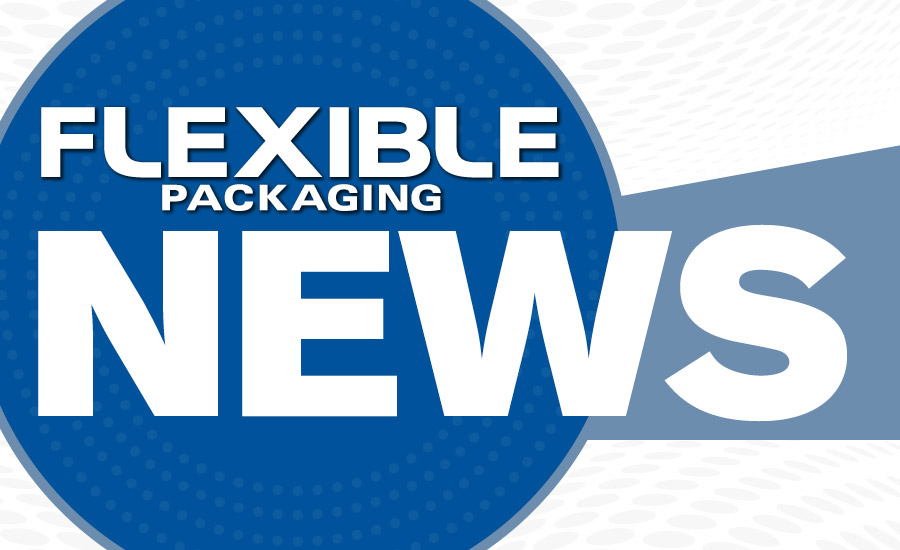To help understand the full label life of their products, from the extraction of raw materials to delivery of finished label stock to customers, UPM Raflatac recently collaborated with Brazilian converter Baumgarten on a life-cycle assessment (LCA) of label material release liners. The two companies have adopted this voluntary guidance to assess – and reduce – their impact on the environment.
Baumgarten began its LCA efforts with a foundational study comparing glassine (landfilled) and PET (recycled) release liners for a product it produces with UPM Raflatac label stock. Although PET liners are manufactured from petrochemicals, they are easier to recycle in Brazil than glassine liners. Additionally, because PET liners are thinner, they can yield more labels per roll and offer fewer roll changes on-press, allowing printers, converters and end-users to achieve greater productivity.
By using UPM Raflatac's Label Life figures to help evaluate a switch from glassine to PET liners and applying this information to the consumption of 100,000 sets of labels, Baumgarten identified a reduction of water consumption by one-third (equaling more than 3,000 loads of laundry), a decrease in solid waste by 20 percent (the equivalent of the daily waste generated by nearly 500 Brazilian citizens) and a decrease in carbon dioxide emissions by 15 percent (roughly the amount produced on a short airline flight) during the product life-cycle.
"Our LCA study was insightful," says Gabriela Neves Ferri, R&D manager, Baumgarten. "We saw real value from analyzing UPM Raflatac's Label Life figures so that we can build towards creating a total picture of the environmental impact of our products."
The study will be publicly available at Labelexpo Americas, which is scheduled for September 13-15 at the Donald E. Stephens Event Center in Rosemont, Illinois.
UPM Raflatac
www.upmraflatac.com







